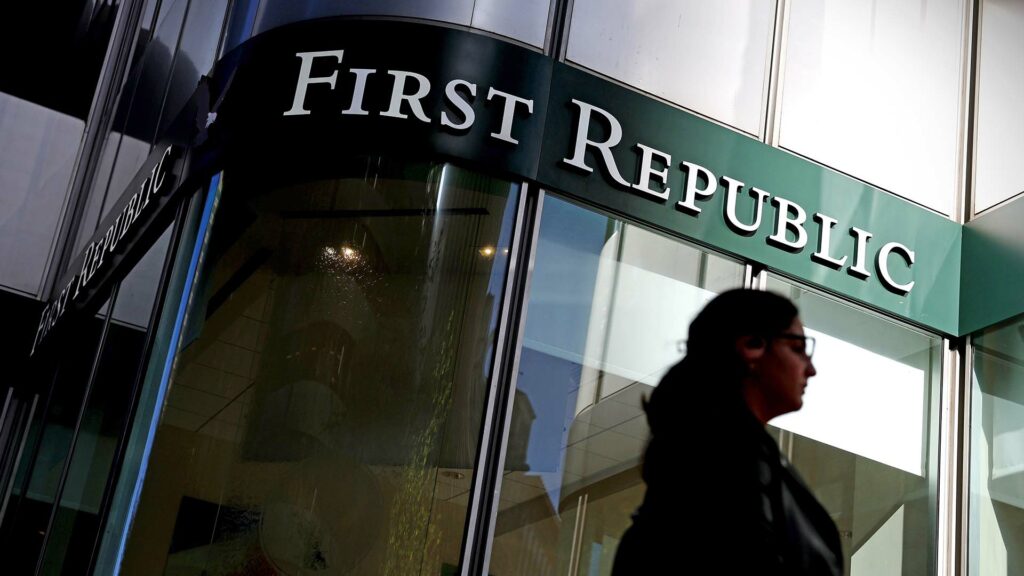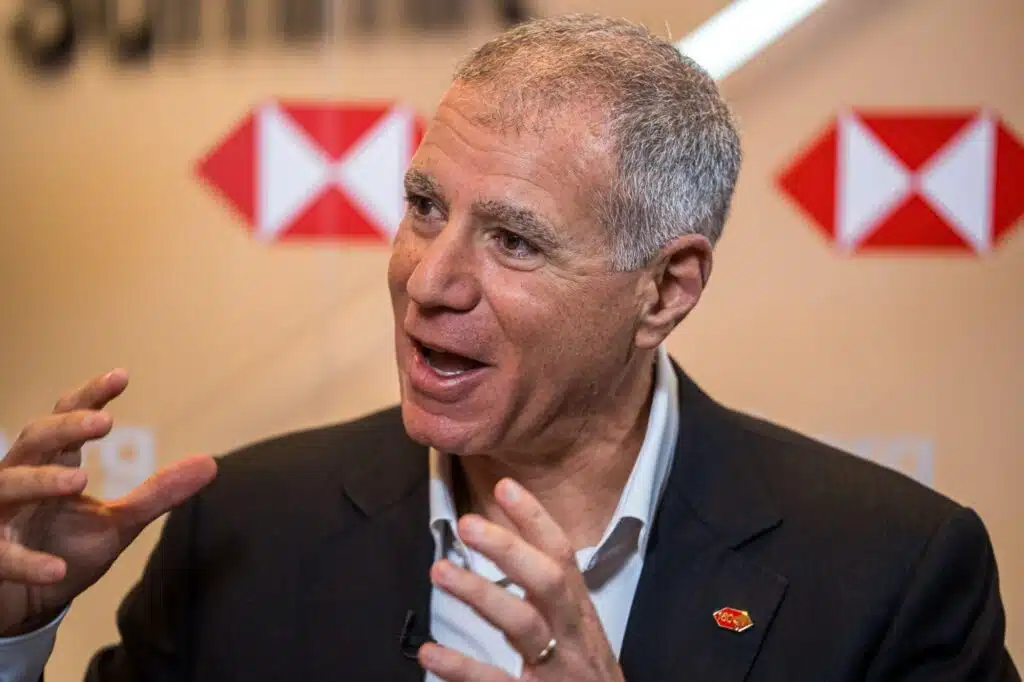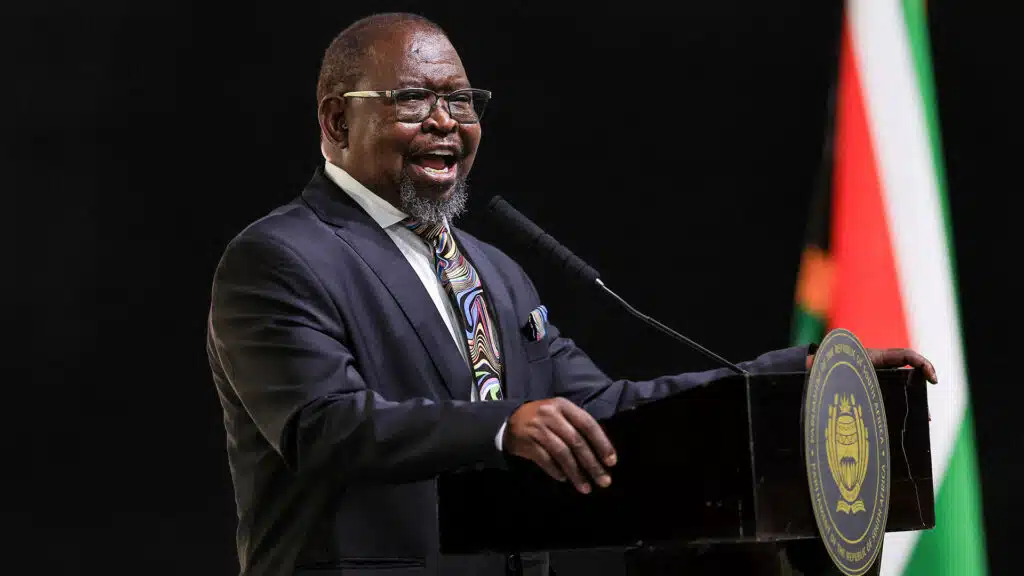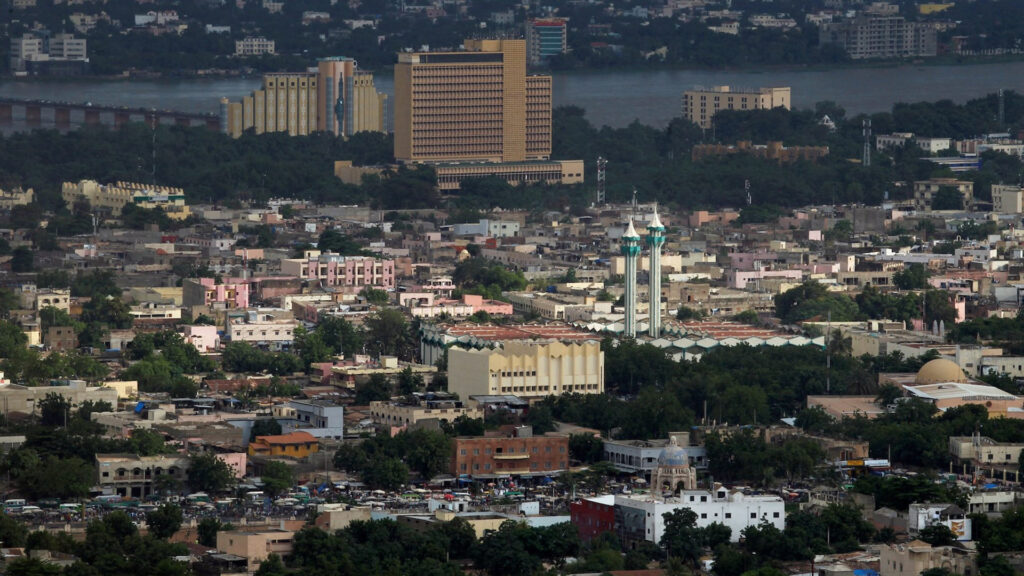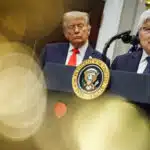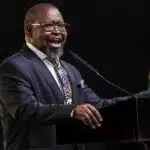On Monday, regulators seized First Republic Bank, making it the second-largest bank failure in the history of the United States. The move was made to put an end to the unrest that raised questions about the health of the banking system in the country. This is the third midsize bank to fail in less than two months.
JPMorgan Chase buys deposits and assets
Regulators quickly sold all of First Republic Bank's deposits and most of its assets to JPMorgan Chase. The only larger bank failure in US history was Washington Mutual, which collapsed in 2008 during the financial crisis and was also taken over by JPMorgan.

JPMorgan's CEO Jamie Dimon's statement
JPMorgan's CEO Jamie Dimon, in a conference call with reporters and investors, said he believed this part of the banking crisis was over. Other midsize banks have reported their results, and most of them have shown that deposits have stabilized, and profits remain relatively healthy.

First Republic Bank's business model
Before this year, First Republic Bank was the envy of the banking industry. Its well-appointed branches served warm cookies to its clients, who were mostly rich and powerful. Its bankers enticed wealthy clients with low-cost mortgages and attractive savings rates, which could then be used to sell higher-profit businesses like wealth management and brokerage accounts.
However, this business model of catering to the rich became a liability with the collapses of Silicon Valley Bank and Signature Bank.

First Republic Bank's struggle and government intervention
First Republic planned to sell off unprofitable assets, including low-interest mortgages it provided to wealthy clients. It also announced plans to lay off up to a quarter of its workforce, totalling around 7,200 employees in late 2022. But it was seen as too little, too late, by analysts. The bank seemed to be on the brink of failure for weeks.

The $30 billion funding package provided by a coalition of a dozen banks "bought time when the time was needed" for First Republic, said Jeremy Barnum, JPMorgan's chief financial officer. However, it became increasingly clear that First Republic needed to find a buyer or find new forms of funding to replace the deposits that had left the bank.
By mid-last week, government intervention in First Republic became necessary. Treasury officials asked banks to submit bids for First Republic, and bankers and regulators worked through the weekend to find a way forward.
Criticism over Federal Reserve and FDIC's handling
The Federal Reserve and FDIC could face renewed criticism over their handling of First Republic. Both acknowledged on Friday in separate reports that lax supervision had contributed to the failures of Silicon Valley Bank and Signature Bank. Jaret Seiberg, banking analyst at TD Cowen, said, "Regulators permitted the country's biggest bank to get even bigger. We expect this will be a Democratic focus for months."
Questions about JPMorgan Chase's size
JPMorgan is so large that, by law, it would not be allowed to buy First Republic because no single bank can have more than a 10% market share of deposits in the U.S. It was only because First Republic failed that JPMorgan was able to step in.
There could be questions about the size of JPMorgan Chase, which has more than $3 trillion in assets and is by far the biggest of the "too big to fail" institutions globally.
